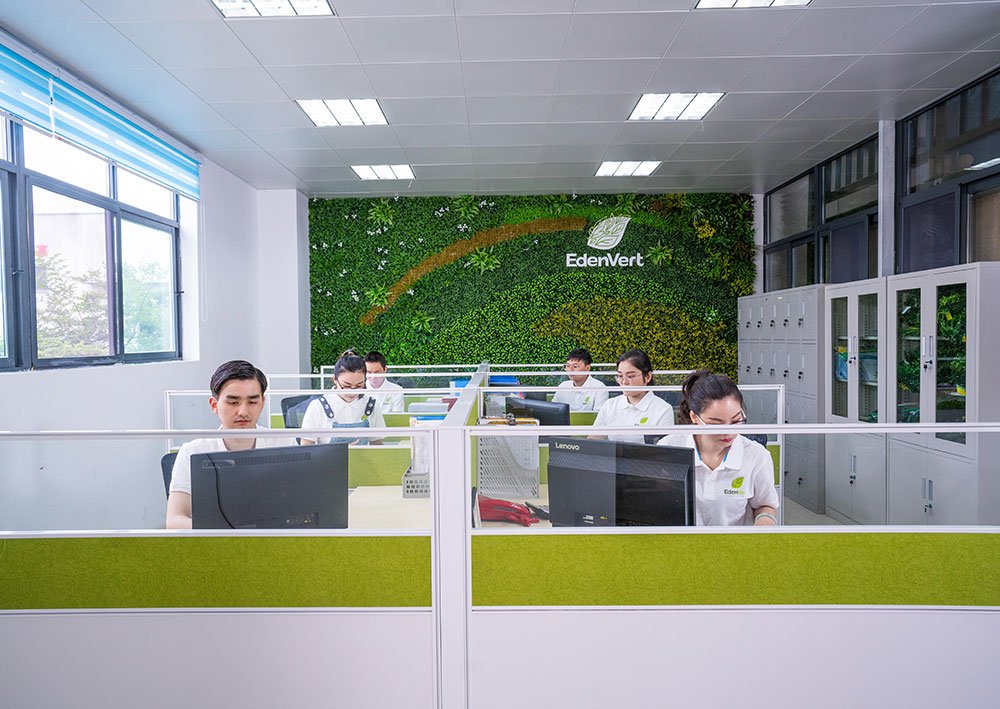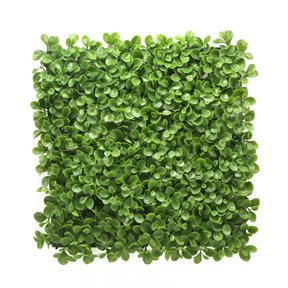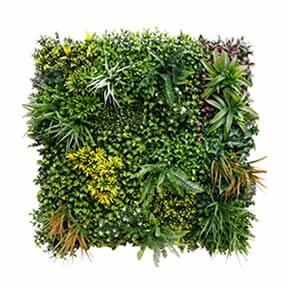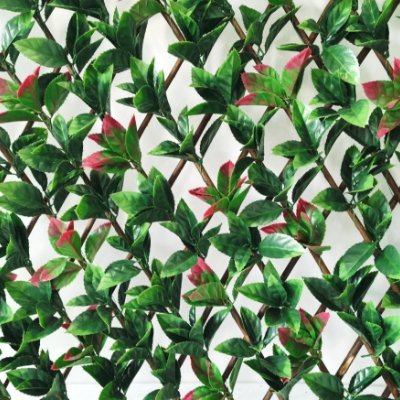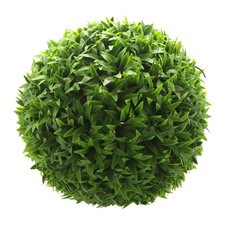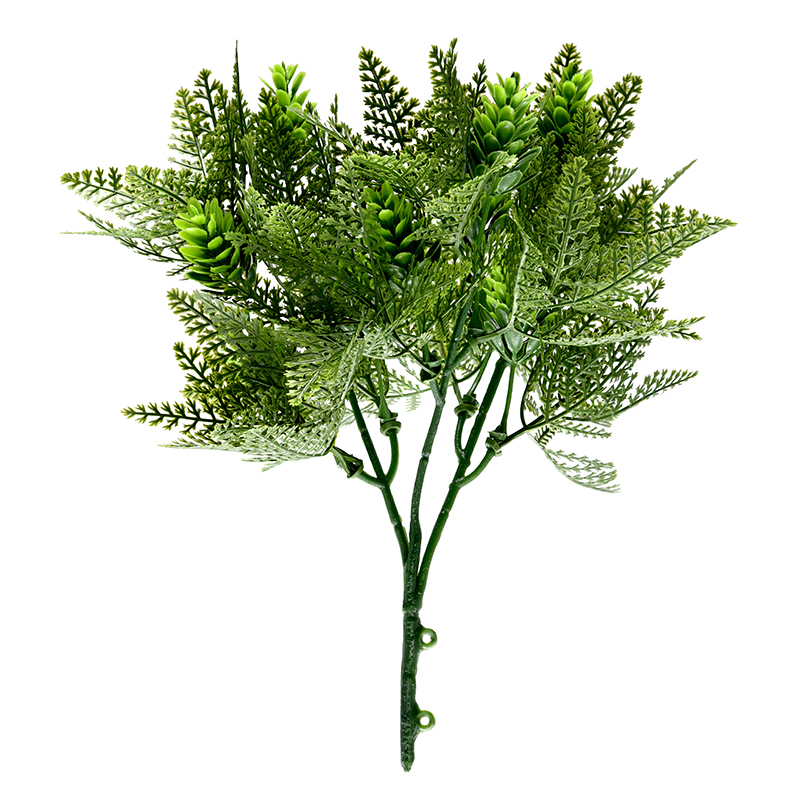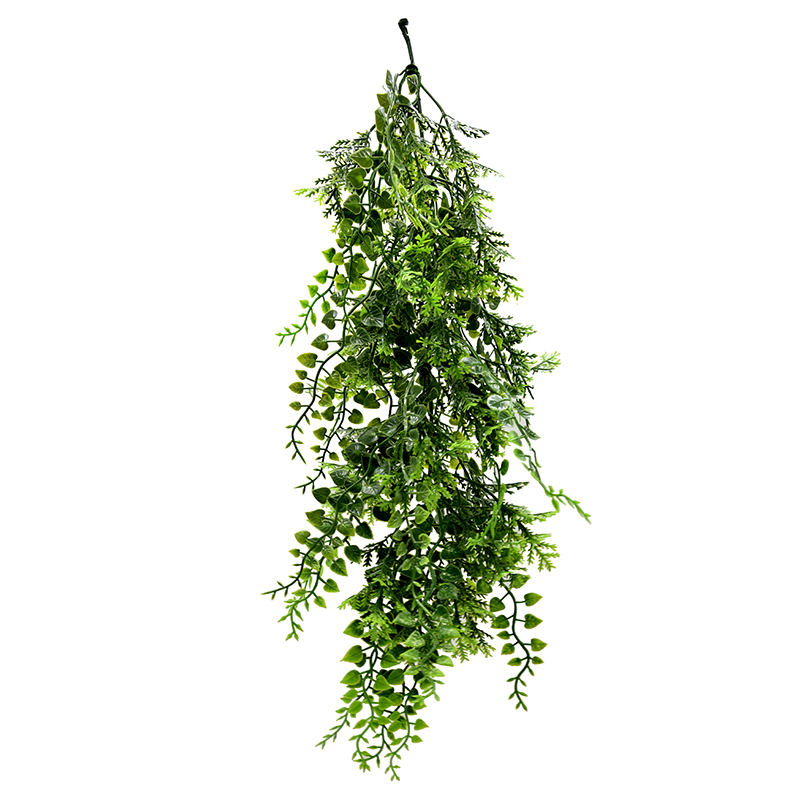Where to Put Fake Plants in a Home?
 2025 09 23
2025 09 23Keeping real plants alive isn’t always easy. Some need just the right amount of light, others demand constant care, and before long, they start to feel more like a chore than a joy. That’s where fake plants shine.
They bring all the beauty of greenery without the stress, instantly refreshing a room with a natural touch. If you’ve been wondering where to put fake plants in a home, this guide will walk you through the best placement ideas, styling tips, and creative solutions.
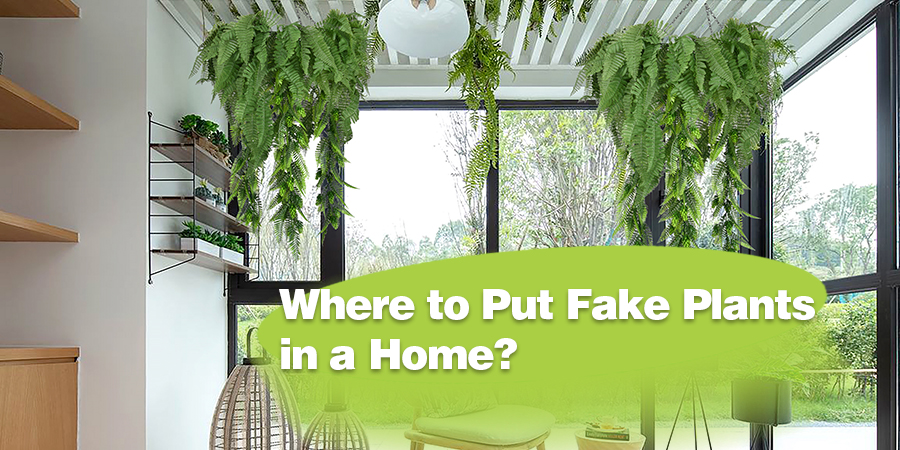
Where to Place Fake Plants?
1. Rooms with Limited Light
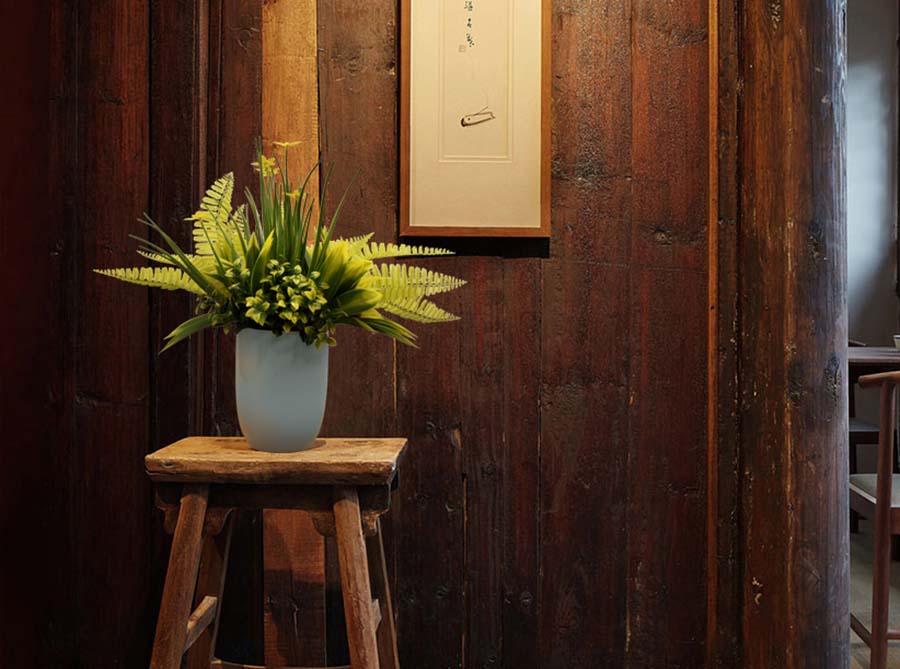
Not every room is blessed with big windows or natural sunshine, but that doesn’t mean it has to feel bare. Faux greenery shines in dim living rooms, windowless bathrooms, or basements where real plants struggle.
Want a tall fiddle leaf fig by the sofa? Or a touch of tropical foliage in a shady hallway? Artificial plants let you bring in those lush looks without worrying about whether they’ll survive.
2. High-Traffic Areas
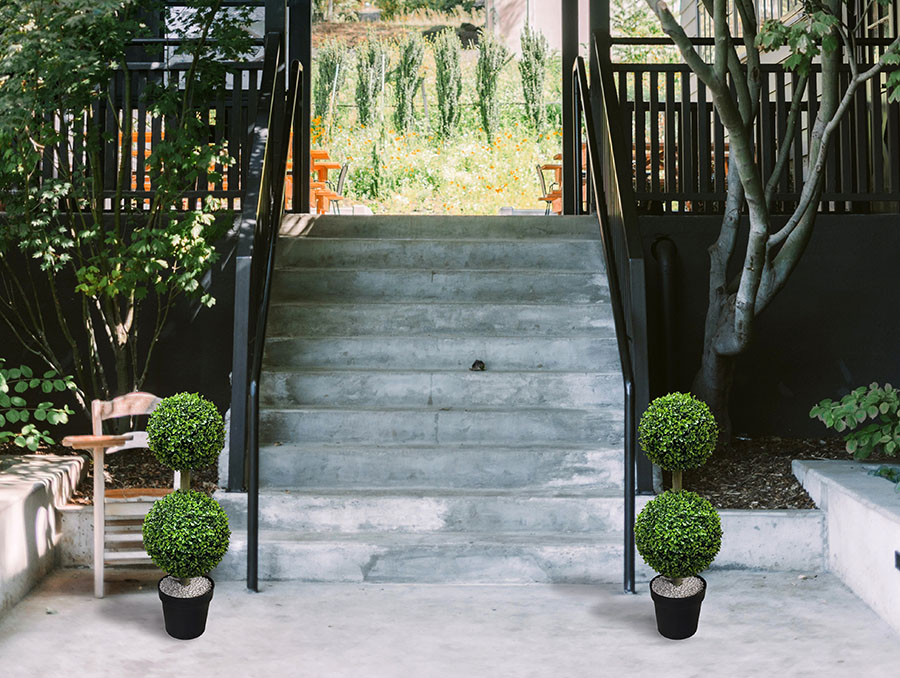
Entryways and busy halls set the tone for your home, but they can be tough on live plants. With constant comings and goings, it’s easy for a pot to get knocked over or leaves to be damaged. Artificial plants are a smart alternative here.
Try placing a pair of tall faux trees on either side of the front door, or a small arrangement on a console table to greet guests. They’ll stay pristine no matter how hectic the space gets.
3. Low-Use Spaces
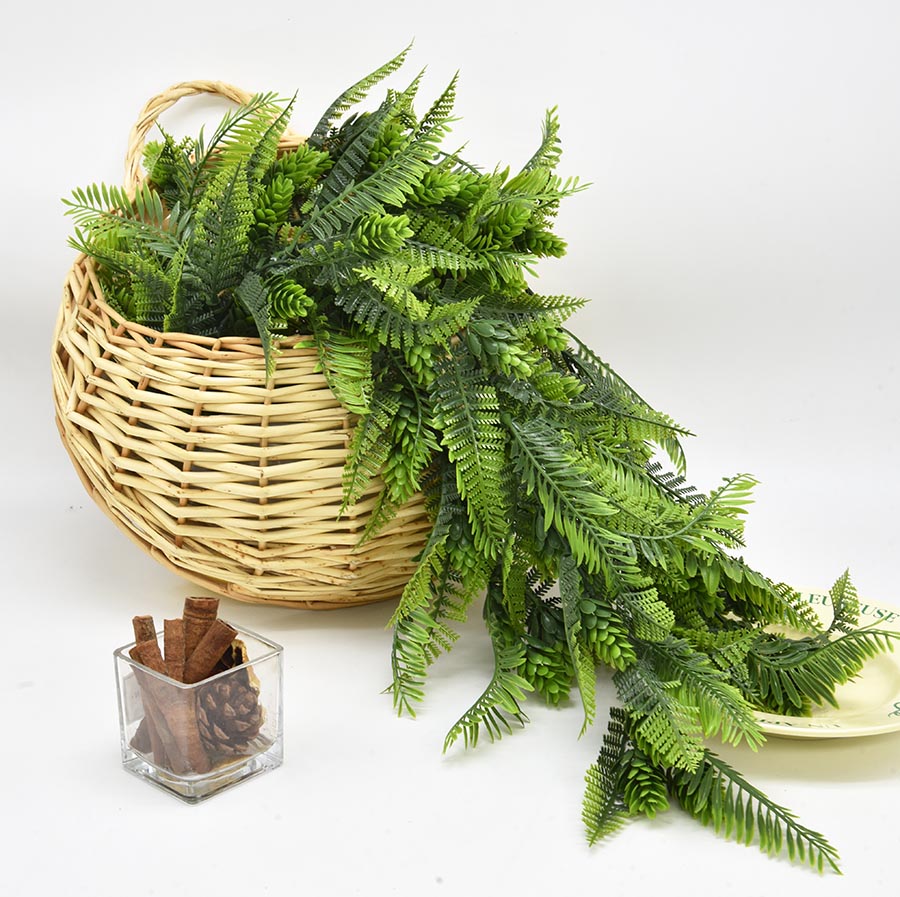
Spare bedrooms often sit untouched for weeks until visitors arrive. While fresh sheets are easy to prepare, drooping or dried-out plants are harder to fix.
A few well-chosen fake plants can instantly make the room feel lived-in and cozy, even when it’s not in daily use. A potted fern on the nightstand, or a leafy arrangement on the dresser, adds a touch of comfort your guests will appreciate.
4. Hard-to-Reach Spots
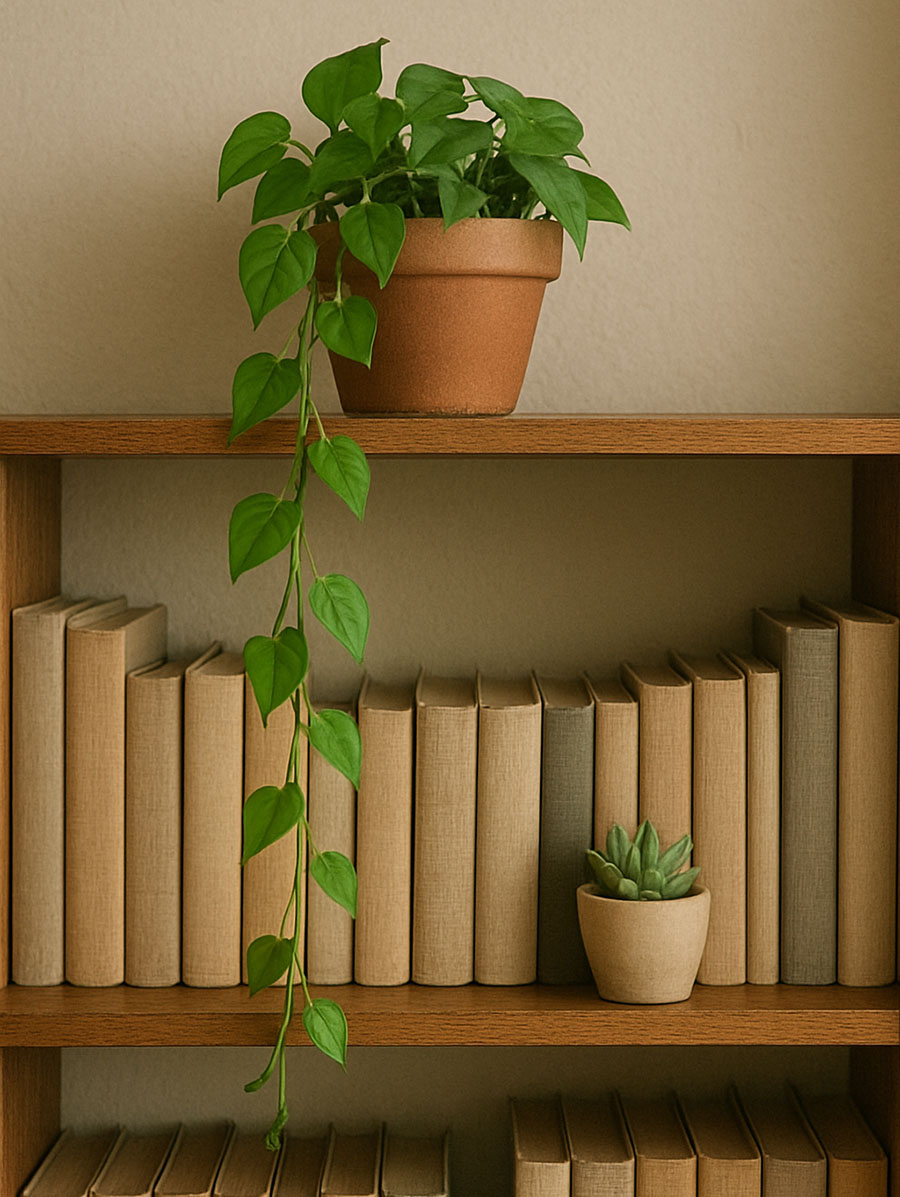
Bookshelves, tall cabinets, and floating wall shelves are stylish places for greenery, but they can be impractical for live plants. Watering is awkward, sunlight may not reach, and there’s always the risk of damaging nearby books or décor.
Fake plants are the perfect solution here. Cascading vines can spill down from a high shelf, or a small faux succulent can sit neatly among your favorite novels, bringing life to the space without the fuss.
5. Corners That Need Definition
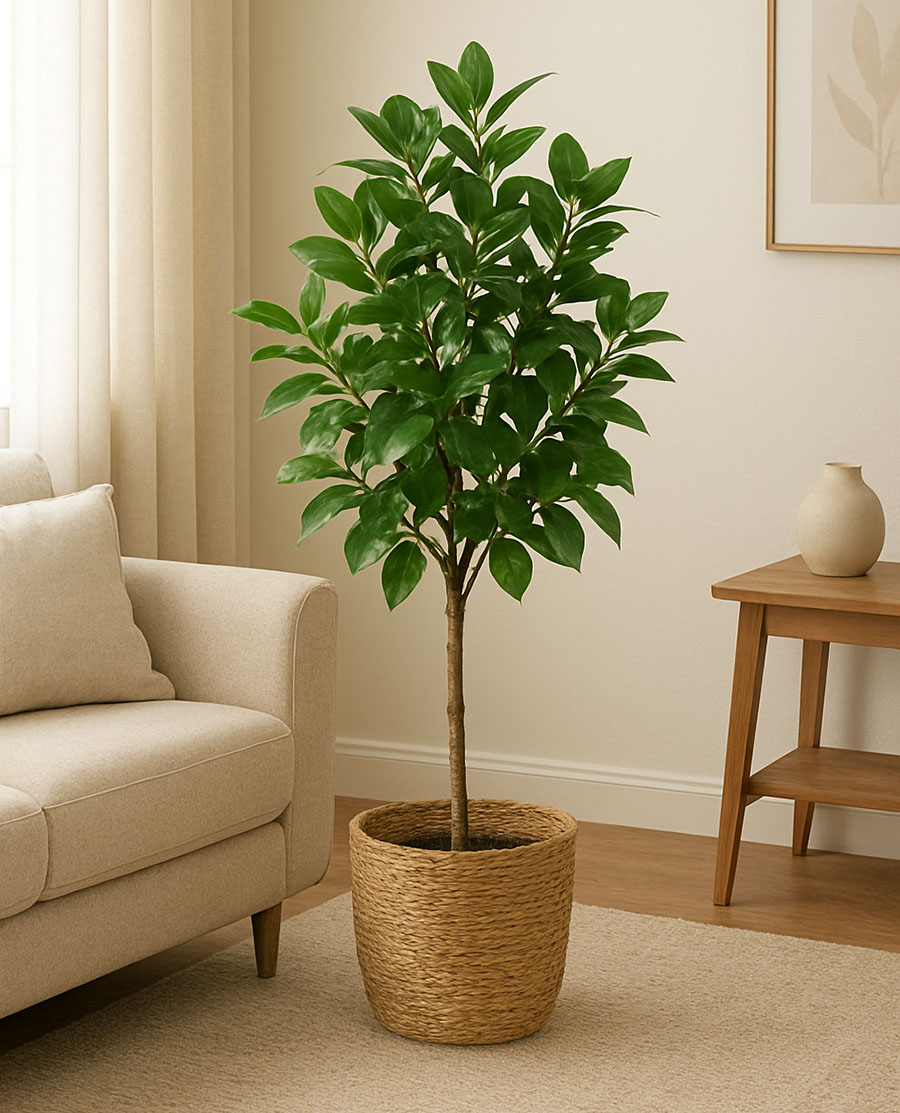
Empty corners can make a room feel unfinished. Large fake plants help define these spaces and add a touch of softness to square edges. A faux banana tree, ficus, or palm instantly fills the gap, creating balance and warmth.
Pair them with woven baskets for a relaxed, natural look, or choose ceramic and metal planters for a more polished, modern feel. These statement pieces can truly transform the flow of a room.
6. Regularly Used Surfaces
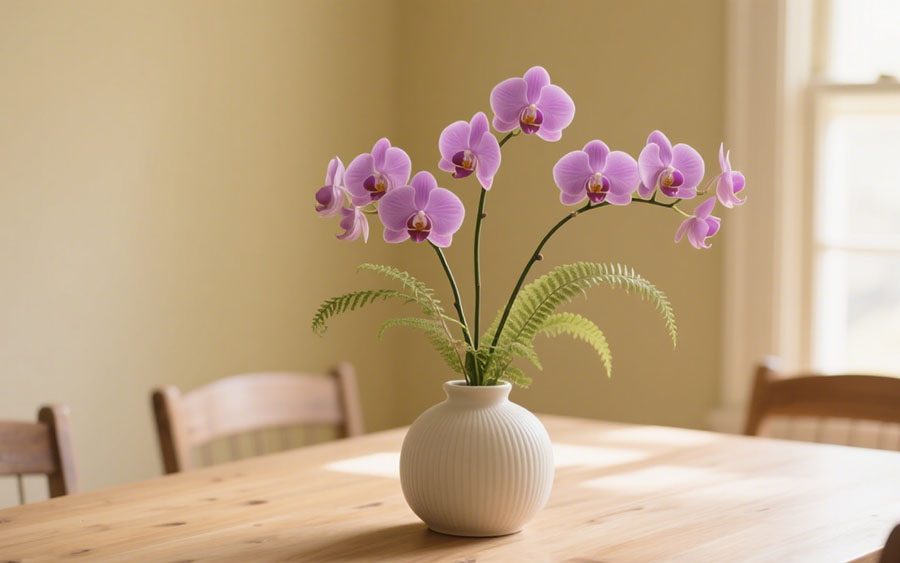
Surfaces that see daily use—like coffee tables, side tables, or dining tables—benefit from small touches of greenery. Fake plants are perfect here because they don’t mind being moved, bumped, or rearranged.
A single faux orchid in a sleek vase adds sophistication to a living room, while a cluster of artificial succulents brings a casual charm. For seasonal interest, rotate flowers throughout the year—tulips in spring, roses in summer, and orchids in winter keep the space feeling fresh and styled.
7. Vertical Wall
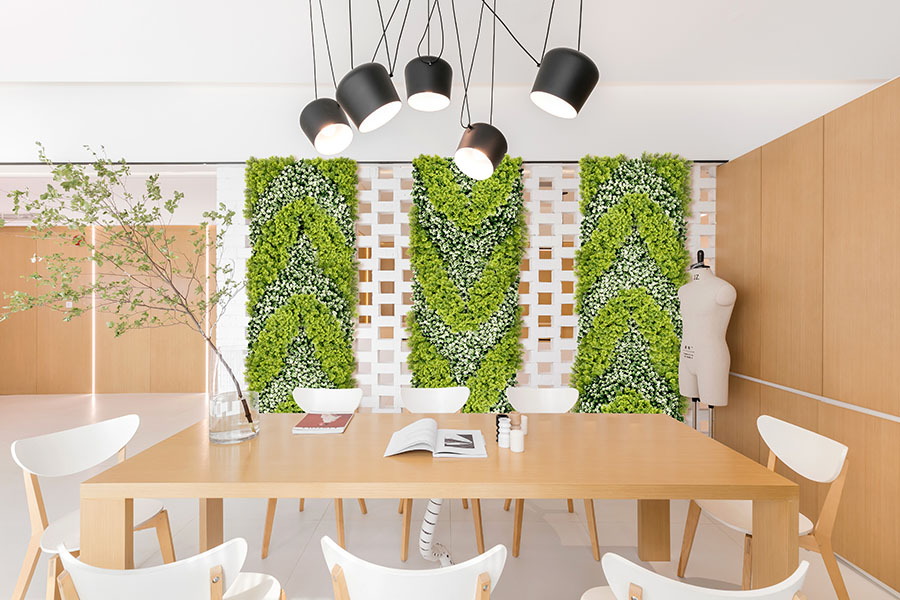
Green walls are striking, but living walls can be tricky to maintain. Artificial plant panels, whether in ivy, boxwood, or tropical styles, are far easier and just as impressive. They can serve as a stunning feature wall in a living room, dining area, or even an outdoor patio. Adding colorful florals or trailing ferns into the panels creates a more customized, layered effect.
8. Kid-Friendly and Pet-Safe Spaces
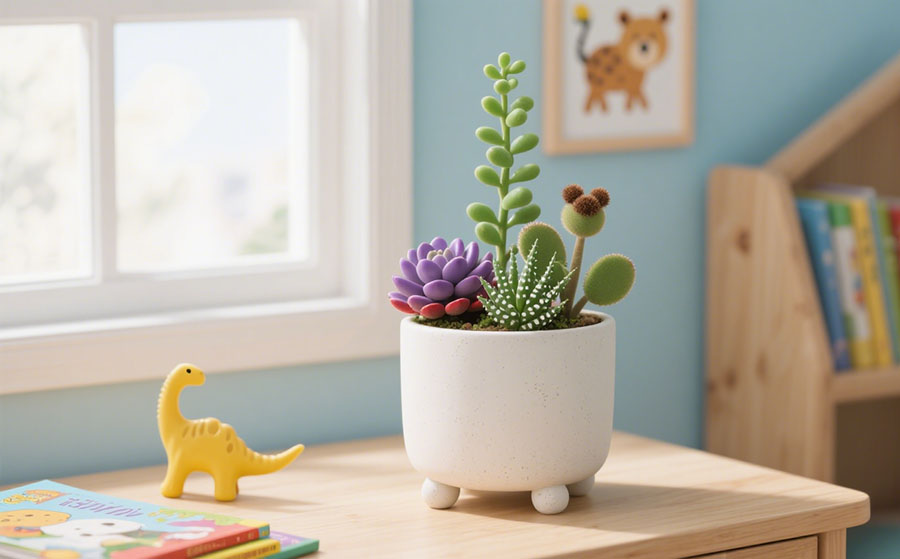
Children’s rooms and play areas benefit from greenery, but real plants can pose risks with soil mess or toxic leaves. Fake plants brighten up the room without worry.
The same is true for pet owners—no need to double-check if a new plant is safe for cats or dogs. Faux greenery brings the same charm without the risk, no matter how curious little ones (or furry friends) may be.
9. When Your Dream Plant Is Too Demanding
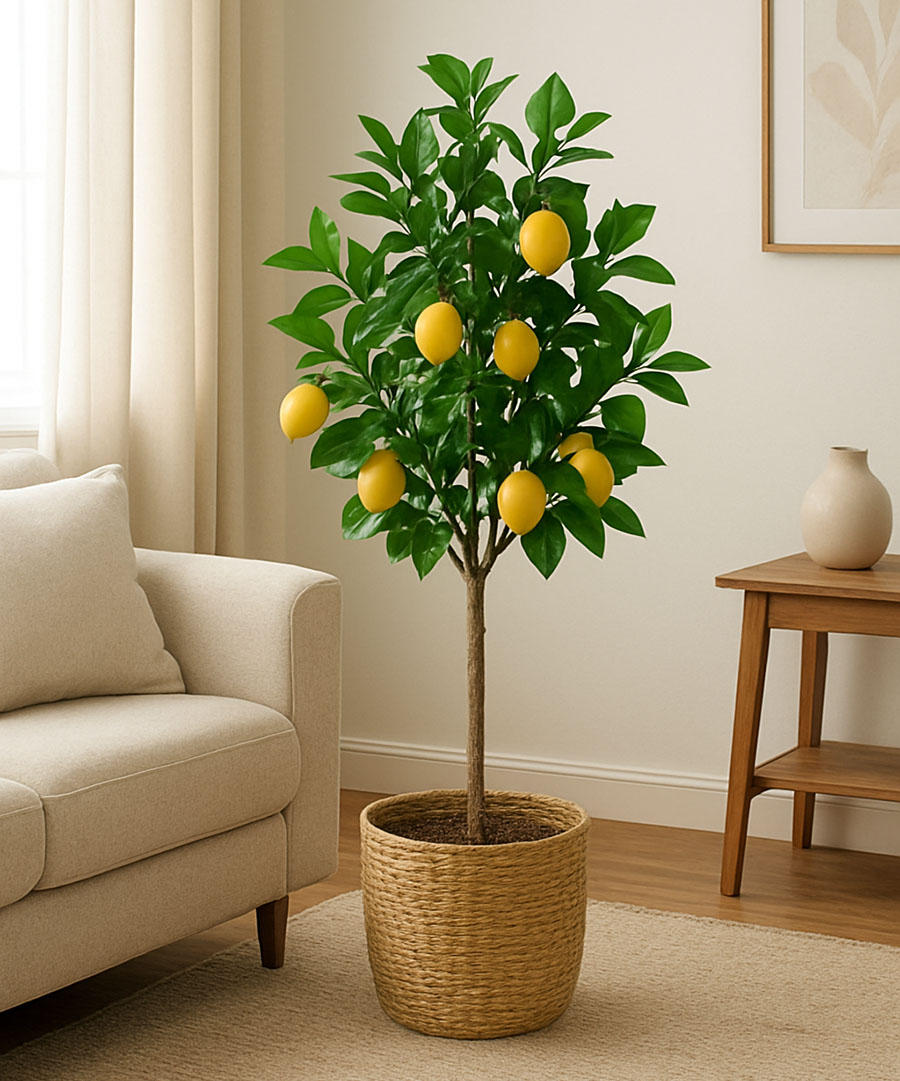
Sometimes the plant you’ve been dreaming of is simply too high-maintenance for your routine. Fiddle leaf figs, lemon trees, and monsteras might look amazing in magazines, but in reality they demand the perfect conditions.
Choosing a lifelike artificial version lets you enjoy the beauty without the stress. You’ll never have to wonder if you watered too much or too little, yet you’ll still get the statement look that elevates your space.
Not-So-Great Places for Fake Plants
1. Tops of Kitchen Cabinets
It may be tempting to place fake plants on top of refrigerators or kitchen cabinets, but these areas aren’t ideal. Over time, cooking releases grease and steam into the air, which settles on plants and other surfaces.
This layer of oil attracts dust and can be difficult to clean, dulling the appearance of your greenery. To keep fake plants looking fresh, choose locations away from cooking zones.
2. Direct Sunlight or Heat Sources
Although fake plants don’t need sunlight, placing them in direct sun or near radiators, vents, or ovens can cause fading or warping over time. For longevity, position them in areas with indirect light and stable temperatures.
3. Crowded or Cluttered Surfaces
Fake plants are decorative, but placing them on already crowded shelves, tables, or counters can make a space feel cramped. Allow them room to breathe and stand out, ensuring they enhance rather than overwhelm your décor.
